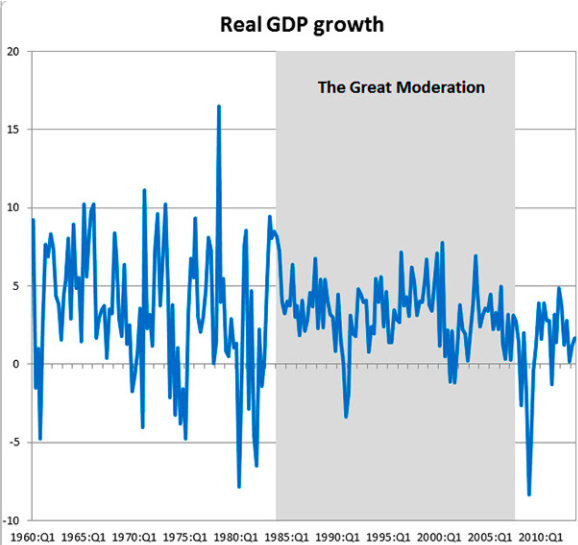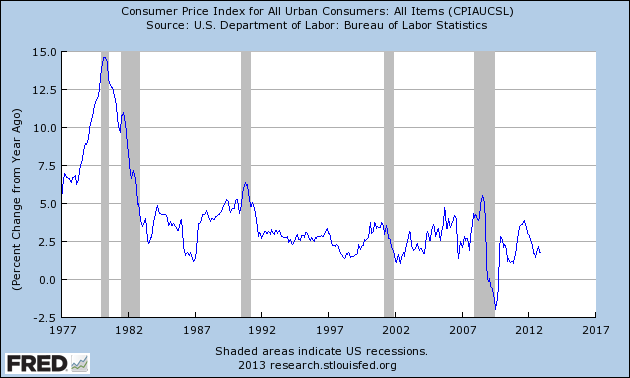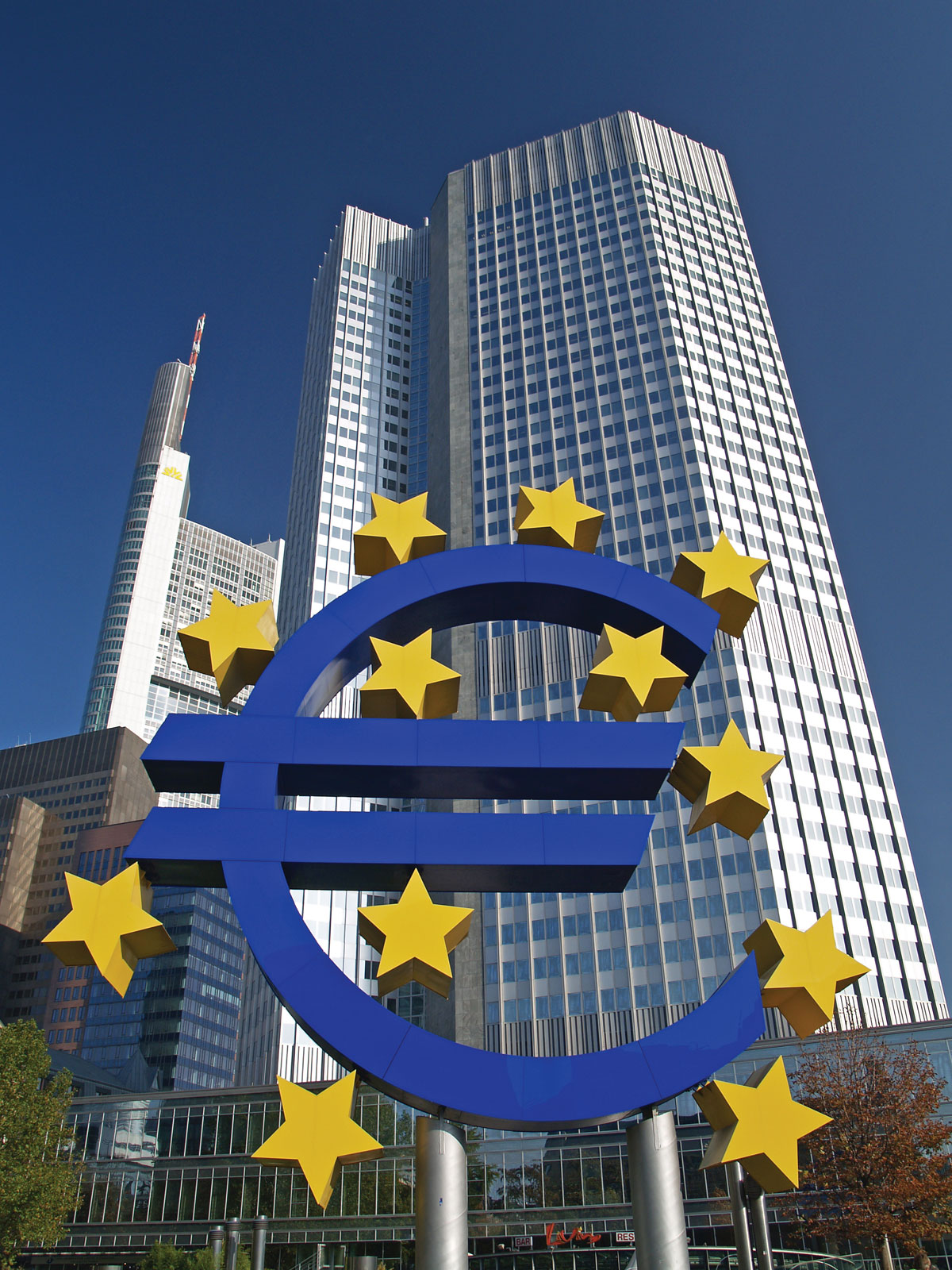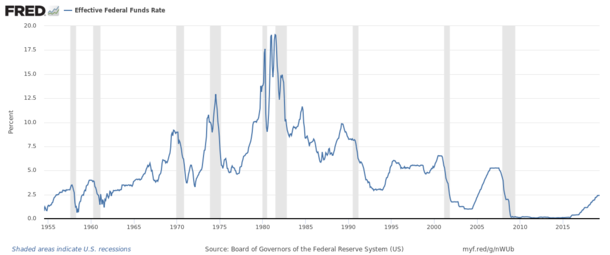
The Great Moderation: Why Monetary Policy Matters
During the 1970s, the United States suffered from double-digit inflation, rising unemployment, and bleak economic prospects. Declining domestic industry and increasing global competition sowed the seeds of doubt in American minds and the OPEC oil embargo shook the economy to its core. The crisis culminated in a period of stagflation, a stagnant economy ill with both high unemployment and inflation. Monetary policy and the Federal Reserve had failed in both of their mandates: full employment and price stability. The global monetary order created by the Bretton-Woods agreement collapsed and the US found itself forced to detach the dollar from the…





